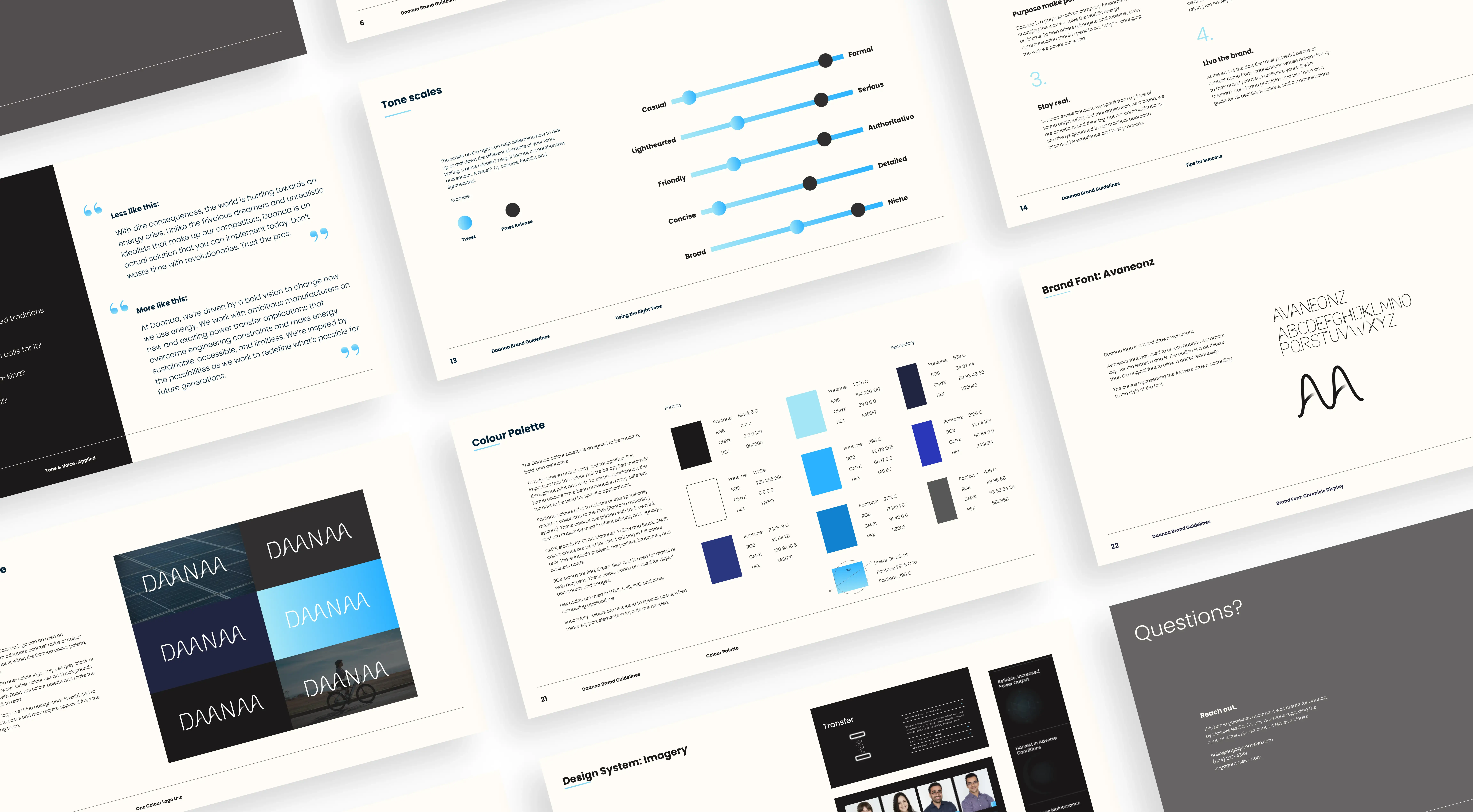SEO & SEM Simplified : For Beginners

18-07-2023
- Keywords: Including relevant keywords in your website’s content can help search engines understand what your website is about and how it should be ranked. It’s important to use keywords naturally and avoid keyword stuffing, which is the practice of cramming as many keywords as possible into your website’s content.
- Content: High-quality, informative content is crucial for SEO. Not only does it help attract visitors to your website, but it also signals to search engines that your website is valuable and worthy of a high ranking. Links: Links from other websites to your website, also known as backlinks, can help improve your ranking. Search engines see backlinks as a sign of credibility and authority, so the more high-quality backlinks your website has, the better.
- User experience: Search engines want to provide their users with the best possible experience, so they take into account factors such as website speed, mobile-friendliness, and easy navigation when ranking websites. There are many other factors that can contribute to a website’s search engine ranking, and the importance of each can vary depending on the search engine. It’s important to stay up-to-date on the latest SEO best practices and to constantly monitor and improve your website’s performance. SEO can be a complex and time-consuming process, but it is essential for the success of any online business. By following best practices and continuously optimizing your website, you can improve your search engine ranking and drive more qualified traffic to your site.
Search Engine Marketing (SEM) is a digital marketing approach that revolves around promoting a website through paid search listings. Unlike organic methods like Search Engine Optimization (SEO), SEM involves purchasing website visits through various paid advertising channels.
There are two primary forms of SEM: Pay-Per-Click (PPC) advertising and Cost-Per-Impression (CPI) advertising.
PPC advertising entails displaying ads on search engine results pages (SERPs) and only incurring costs when a user clicks on the ad. This method enables businesses to target users actively searching for their products or services.
On the other hand, CPI advertising involves placing ads on websites and paying only when a user views the ad. While it may have a broader reach, it may not be as targeted as PPC advertising.
SEM is a valuable tool for businesses of all sizes, providing the ability to reach a specific audience and measure campaign performance in real-time. Effective SEM campaigns require meticulous planning, including keyword research, budget allocation, and continuous analysis and optimization to maximize results.
Aside from paid search advertising, SEM also includes optimizing a website for local search and leveraging tactics like re-marketing and social media advertising. By combining SEO and SEM strategies, businesses can effectively connect with their target audience and drive qualified traffic to their websites.
